
TIPS FOR A HAPPY CAR: DO-IT-YOURSELF MAINTENANCE
So you've passed your driving test and are the proud owner of a brand-spankin’-new driver's license. Congrats! Perhaps you’ve managed to get yourself a car of your own, or maybe your Dad has reluctantly handed over the keys to his precious ride, hoping that you will keep it in the pristine condition he does. You both know that probably won't happen. Chances are you'll never be able to compete with the maintenance schedule your dad has carefully honed over the years, but there are some basic tips to know about keeping that freedom on wheels safe and running for as long as possible.
Not into the DIY car care scene? Just make sure that someone does all of these items on a regular basis, even if you have to pay them for it.

Wash your car
Ok, so we'll start slow. At some point, everyone has either washed a car, been through a carwash, or seen one washed. Go to the auto parts store and find yourself a sturdy bucket, sponges, and car wash solution. You can even add some wax or polish after you’re done washing to really impress your friends with a gleaming ride. Regular car-washing is essential to stave of rust, chipping paint, and salt damage.
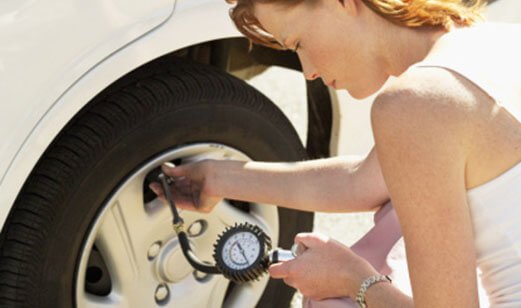
Check your tires
Tires play a pivotal part of safety on the road so it is important to ensure they are properly inflated and have correct air pressure. This can also help with gas mileage. If you're not sure what specifications your tire pressure calls for, check your manual and pick up a tire pressure gauge. You want to make sure the air pressure in all your tires is within the range listed by the manufacturer, and if it isn’t, make the necessary adjustments by adding air at a gas station or letting some air out. Checking your tires regularly can also alert you to a leaky-tire situation before it becomes a full-blown flat, which is much harder to fix.
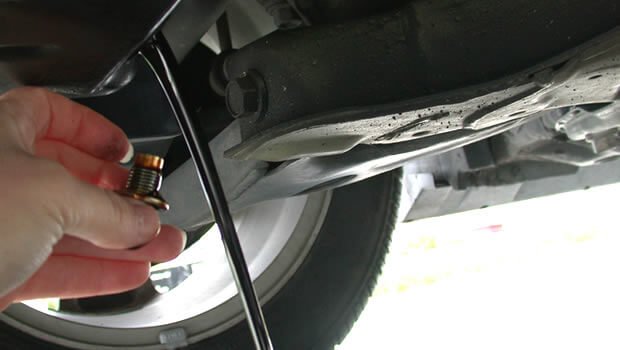
Change your oil
Without clean oil, cars don't run properly so it is important to know how to check it as well as get it flushed regularly. A typical time to get your oil changed is every three to six months or 3,000 to 4,000 miles. You can find a reputable mechanic to do this for you, or learn how to do it yourself. During a routine oil change, mechanics will also change filters, and check other fluids such as coolant, windshield wiper fluid, brake fluid, and transmission fluid. However, learning how to check and change the oil yourself will help you prevent unexpected engine problems later on.
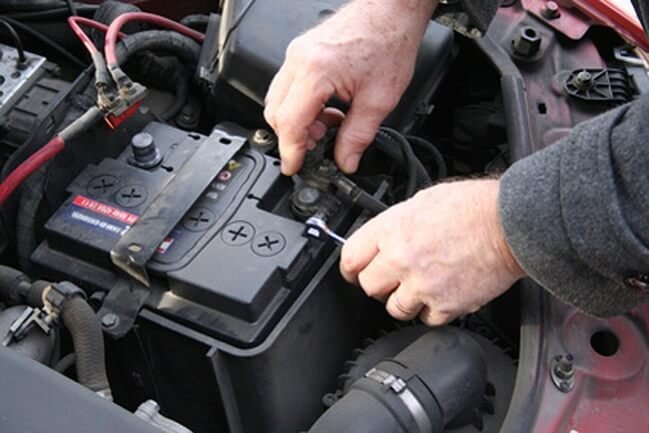
Check your battery
A car battery should be free of any corrosion and be changed as recommended by your car manual. A weakened battery can cause stress and issues for other electronic components in your car. A battery can be purchased at an auto part store, online, or even at convenient locations like Costco. They can be installed on your own, but make sure you read the manual and consult with someone who has done it before so you don't electrocute yourself in the process!
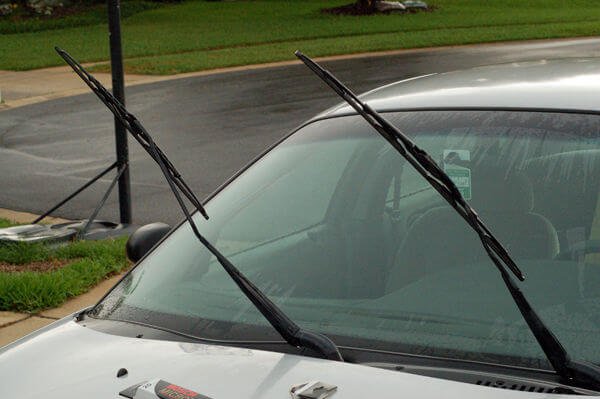
Windshield wipers
Damaged or old windshield wipers can make things difficult in precarious weather, and they are cheap to replace. Unless you are driving a Ford Model T, you should be able to find your car model at any auto parts store. You can replace them yourself following the instructions in your car manual.
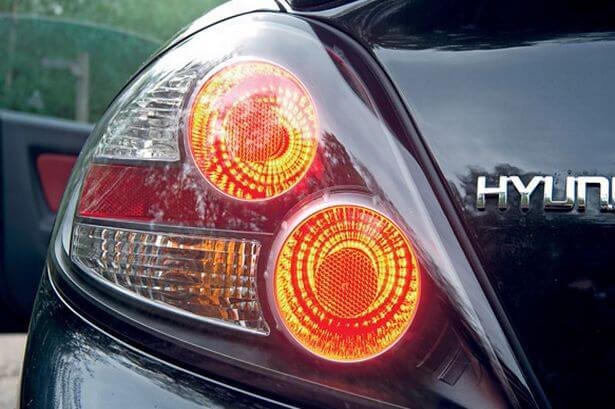
Lights
It will become fairly apparent at night when you can't see more than a foot in front of you that your headlight is out. The brake lights aren't so obvious, nor are your signal lights. Make sure you test all your lights from time to time with someone at home to ensure they are working properly. You can be pulled over by police for something this simple, and they won't be as forgiving as your home tester. You can pick up these parts at your local auto store and follow the manual on how to replace.
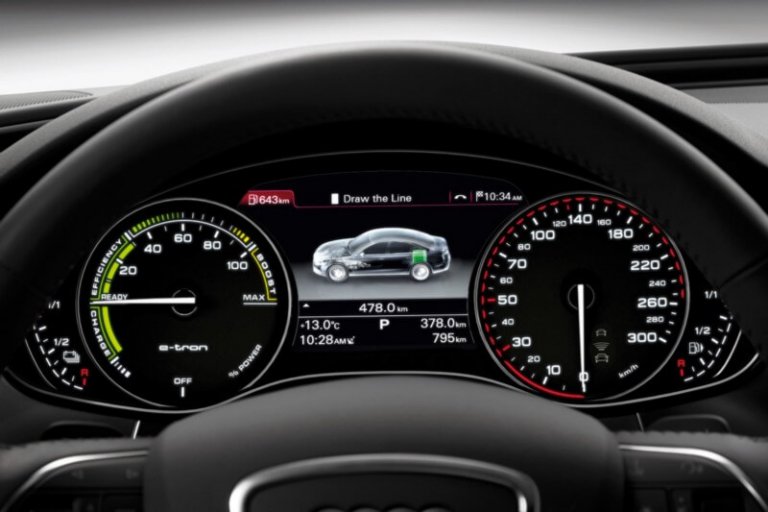
Gauges/Notifications
Don’t ignore these important signals! If you’re unsure of what a particular light means, don’t wait to look it up. Typically the light will indicate whether you should bring your car in for service or if there’s a good chance you can fix the problem yourself. Things like fuses will notify you they have malfunctioned when something stops working. The radio might not turn on, the dashboard might not look as bright as it once was, or something that you swear was working yesterday no longer is. You can find a spare fuse box somewhere in your car and that location will typically be posted in your manual.
If you follow these simple tips, your car should run as smoothly as a gazelle through the plains. If you don't, you better get yourself a good insurance company or befriend a tow truck driver!
